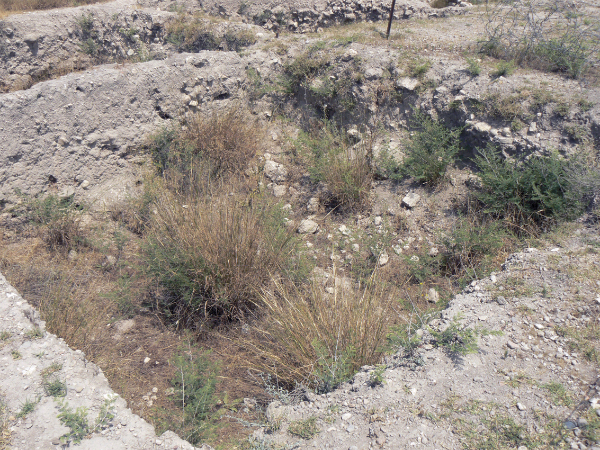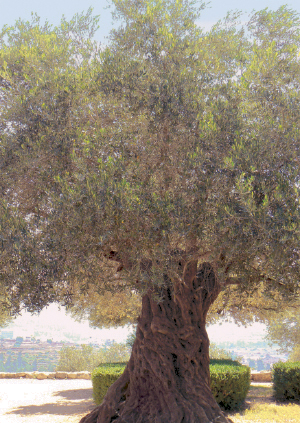Covenant Rejected (11:1–17)
Iron-smelting furnace (11:4). This is a metaphor for Israel’s experience in Egypt, where God’s people endured many years of slavery (cf. also Deut. 4:20). Furnaces at this time varied in size and shape and were made either of brick or stone. In this particular metaphor iron is smelted. This furnace should not be confused with a blast furnace such as is used today. Iron has a very high melting point—about 1535 degrees Celsius.114 Technology available during Jeremiah’s time did not allow such a high temperature. But the ancient Israelites could achieve a temperature of 1100 degrees Celsius, which is enough to get the iron to a softer, semisolid form that can then be forged.

Tel Beth-Shemesh: earliest iron smith workshop
Kim Walton
Iron furnaces at this time had different uses: smelting, melting ore, and firing pottery and bricks.115 Initially one might see a negative use of this metaphor and think only of the suffering and anguish that God’s people experienced in Egypt. Yet the process of smelting is not necessarily destructive; rather, in general it is a constructive process. Therefore one can understand the metaphor as being positive in the sense that the experience of slavery in Egypt forged a people who could endure difficult circumstances and be transformed by them.
Flowing with milk and honey (11:5). This stereotypical phrase alludes to a fertile land and should not be taken literally. It is used in the Bible to speak of the land of Canaan in positive terms. One can suggest that this phrase was part of a ritual that expressed thanksgiving every year when the firstfruits were offered to God.116 The use of such a phrase was not uncommon in the ancient Near East. There is an Egyptian literary text attributed to Sinhue from the second millennium B.C., where the land is described in similar fashion. In this case it is evident that there is a strong love for the Egyptian country.117 Also, a Canaanite story of Baal and Anat speaks of the heavens raining olive oil and dry stream beds flowing with honey.118
Burn incense (11:13). See comment on 7:9.
Altars … to that shameful god Baal are as many as the streets of Jerusalem (11:13). Jeremiah again resorts to a hyperbole in order to give force to his argument. He claims that the people are so immersed in Baal worship that it seems that at every corner a Baal shrine exists. It is true that in the ancient Near East many towns had numerous shrines throughout the residential areas where people could stop and engage in a religious ritual. Most of these would have some kind of an altar where incense could be burned.
A thriving olive tree with fruit beautiful in form (11:16). The olive tree adorned with leaves was a common sight in Israel. It is often used as a metaphor for an abundant and satisfied life. It conjures up images of health, growth, beauty, and prosperity. This is how God once had defined Israel. This picture is also a common one in Egypt. Amen-em-ope from the second millennium B.C. describes the wise as trees planted in the garden that flourish and double their yield; the fruit is sweet and the shade is pleasant. In contrast are the fools, who are characterized as trees planted indoors that wither and are only good for burning as trash.119

Olive tree
Kim Walton